
BS: Can you give a snapshot of the current landscape of music technology in Early Years? What are the barriers for educators in offering music tech experiences at this level?
CH: Over the last few years, during my PhD research, I’ve noticed an increase in the integration of music tech in Early Years. Despite challenges, like teacher shortages and funding issues, there is growing interest. However, the practicalities and logistics of fitting training into teachers’ schedules remain a significant hurdle.
The main barriers include financial constraints, busy schedules, and a belief that music tech doesn’t belong in Early Years. There’s also a lack of confidence among practitioners. Dr. Julie Digby’s PhD, which explored teachers’ confidence when facilitating musical learning in Reception Years, highlighted the notable lack of confidence experienced by EYFS practitioners when it comes to teaching music.
BS: Do you feel it’s important for EYFS pupils to experience music technology as part of their Early Years education – and if so, why?
CH: Absolutely. There’s a recognition that there must be a learning trajectory in music, similar to maths. If you want children to eventually use music production tools, like Logic Pro, then earlier experiences using music technology can support that learning journey – children need to learn how to walk before they run. Music tech can enhance singing, movement, storytelling as well as cross-curricular learning opportunities that help reach and align with wider EYFS goals.
By addressing barriers collectively, fostering confidence, and utilising suitable resources, educators can unlock the potential of music technology to enrich musical experiences for young learners.
BS: What are your top music tech recommendations for EYFS educators?
CH: My main one is PlayXylo. It’s a free browser-based xylophone application that allows teachers to change the xylophone colours. The notes can be played either by tapping on the whiteboard screen or by pressing the numbers on the computer keyboard. It is also easily integrated with Boomwhackers.
The PlayXylo website also contains very useful tutorial videos, designed for teachers, to demonstrate activities and ways in which the application could be incorporated into a classroom situation. For example, one tutorial video demonstrates using a Google Chrome web extension called ‘Split Screen for Google Chrome’. This tool allows teachers to house two or four web pages inside a single browser viewing experience, providing teachers with significantly improved control when using multiple music browser apps simultaneously. In one video, Song Maker (detailed below) is being used to play a backing song and PlayXylo is being used to improvise a melody over the top.
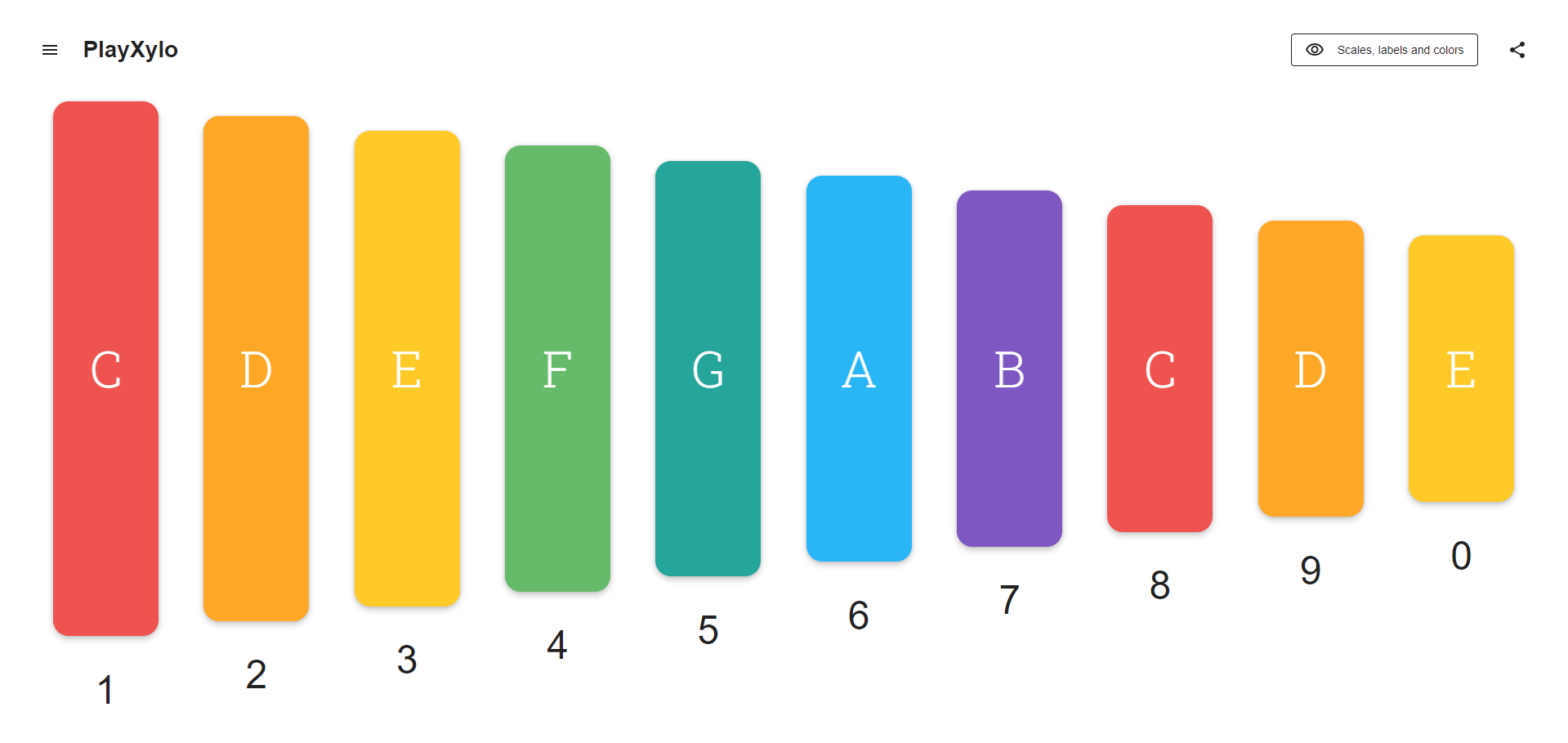 PlayXylo
PlayXylo
Another valuable resource is Chrome Music Lab, especially Song Maker. Teachers can take charge of Song Maker, creating class compositions to which children can respond, sing, move and play along, marrying technology and music effectively.
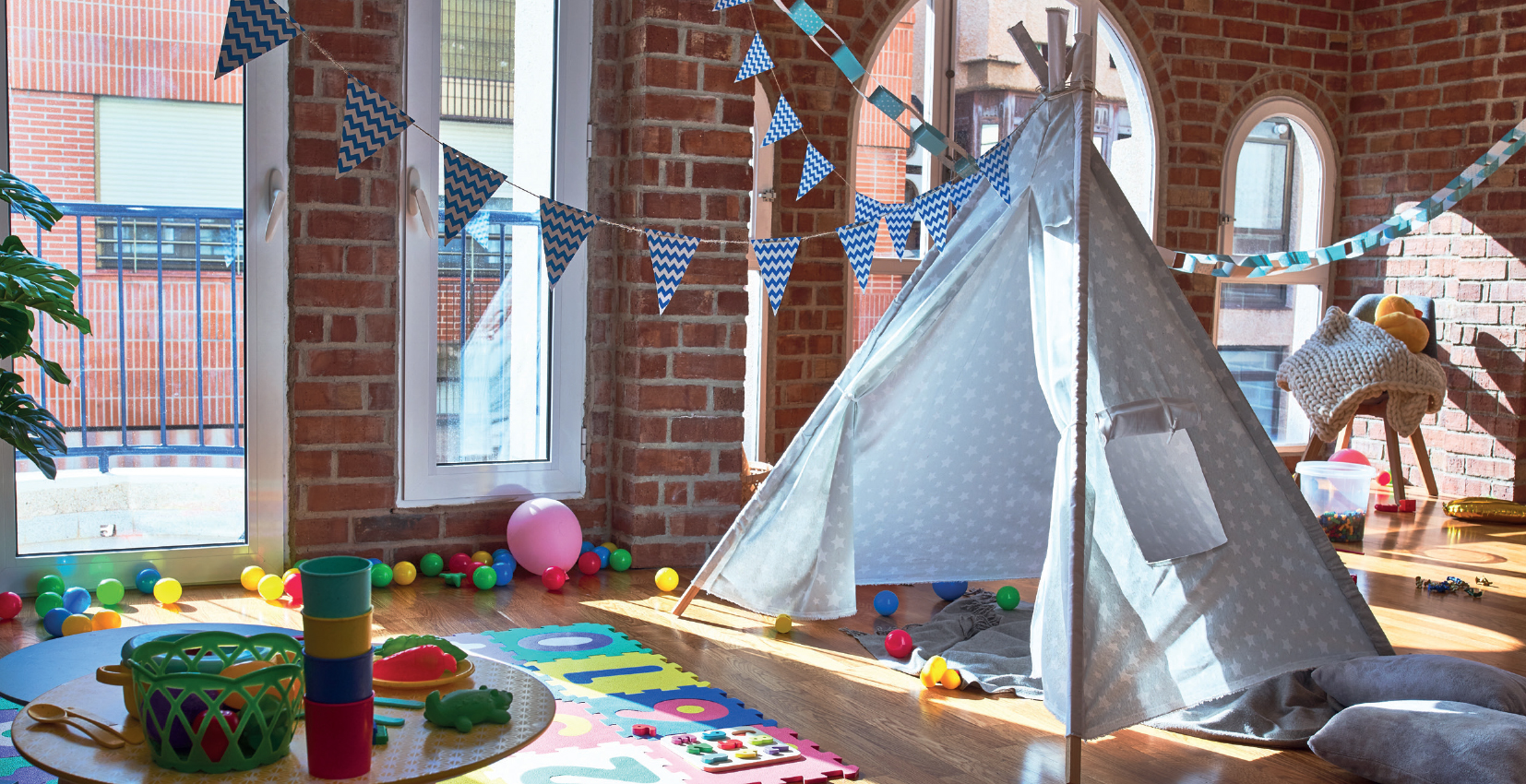
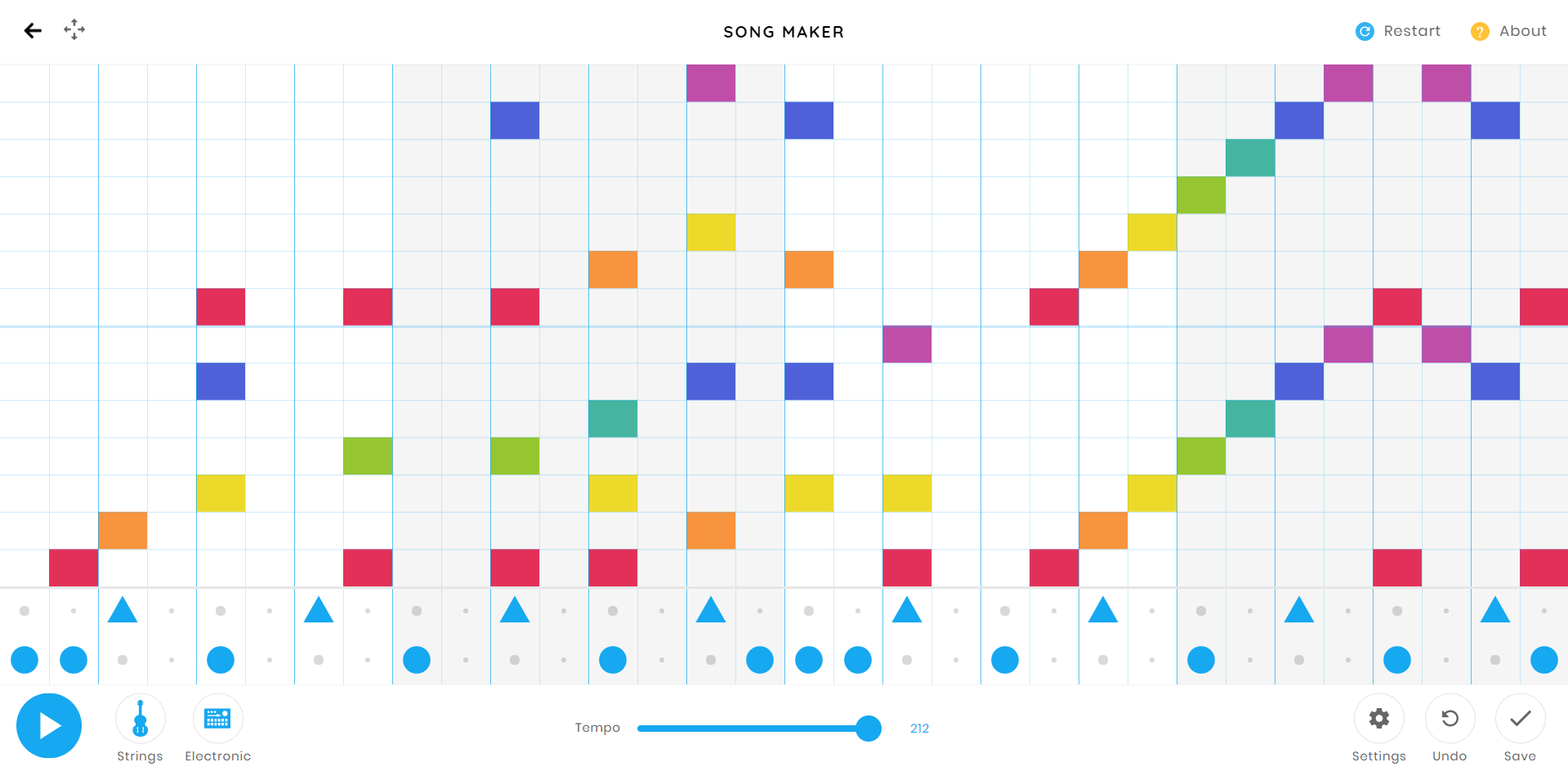 Chrome Music Lab: Song Maker
Chrome Music Lab: Song Maker
Another fantastic piece of music technology is the Makey Makey, which works using conduction. You can set up any object to be used as the interaction point to trigger a sound. For example, fruit can trigger a sound when touched, and children can be in charge of coming up with what sounds they want to play from different fruits. This is ideal for a guided group session and can be a highly versatile piece of equipment, not just for use in music lessons but across the EYFS curriculum.


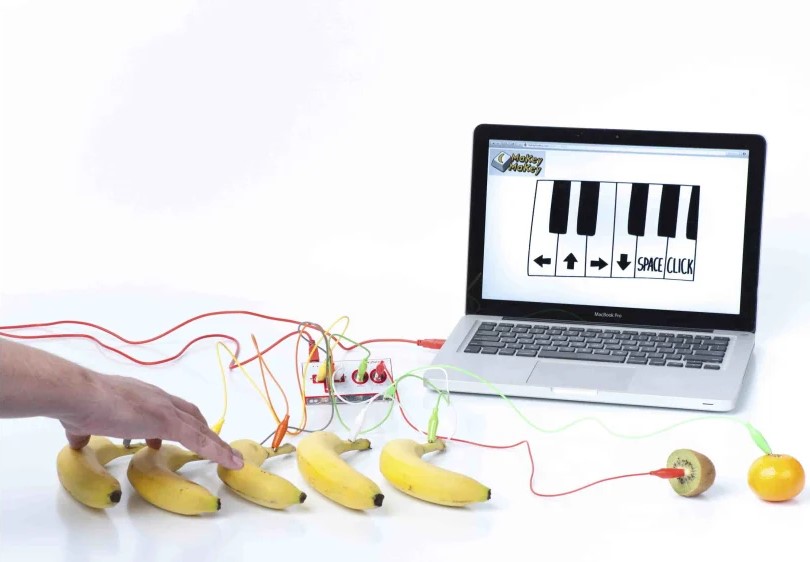 Makey Makey
Makey Makey
I also recommend Sound Canvas and Keyboard from Google Creatability. Both are free browser applications which work by using a mouse or camera to track the users’ face direction to play the notes on the screen. The child can move their head to explore and play different pitches in these applications, making them not just physical and fun but also excellent for accessibility, especially for those with certain SEND.
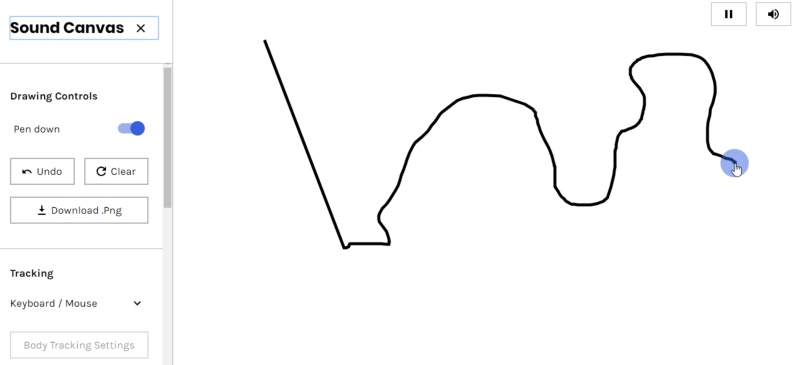 Google Creatability: Sound Canvas
Google Creatability: Sound Canvas Google Creatability: Keyboard
Google Creatability: Keyboard








